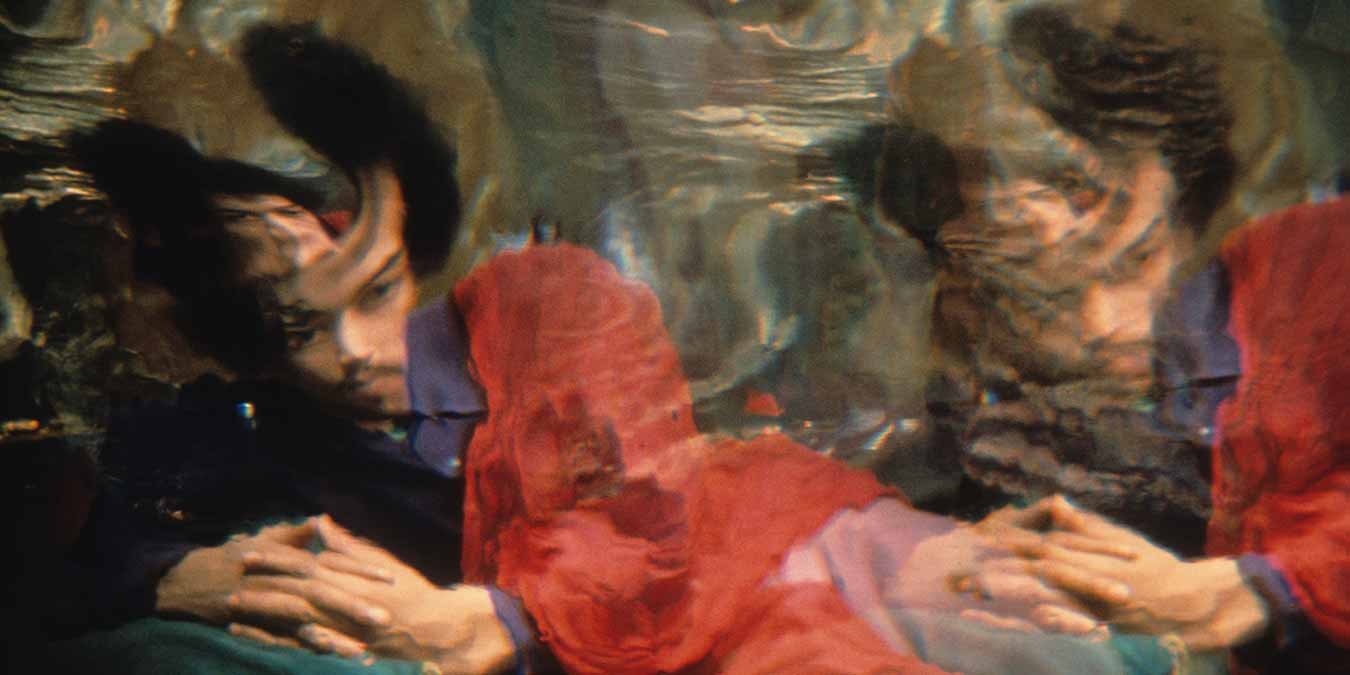TRANSVANGARDE 2009

Lithoprint, 38 x 28 cm.

Ink on paper, 62 x 50 cm.
IRA COHEN (USA): Cohen’s famous mylar images which he created in the late 60's in his loft on the Lower East Side, New York City. Among the artists reflected in his mirror were John McLaughlin, William Burroughs, Jimi Hendrix and Angus Maclise. A culmination of the photographer’s fascination with the mirror, these photographs come from the very heart of the mirror from the fabled other side. Located somewhere between Man Ray and Max Ernst, the photographs of Ira Cohen provide a wealth of archetypal images which are not only the real icons of the sixties, but also the icons of the future.
BRION GYSIN (USA): Gysin had a lifelong fascination with the juncture of word and image. He studied Japanese and Arabic calligraphy, and evolved his own style of word/image glyphs, supple as flames or tendrils of smoke. A radical cultural visionary, visual artist, writer and performer, Gysin introduced his lifelong friend, writer William S. Burroughs, to the techniques of "cut-ups" and "permutation".
RACHID KORAÏCHI (Algeria): Koraïchi works with many media, including ceramics, textiles, poetry, calligraphy, and paint. Born to a Sufi family in Ain Beida, Algeria, his work is intimately informed by the numerology, signs and ethos of Sufi mysticism. He has participated in many international exhibitions and his work is included in several major private and public collections worldwide.
HASSAN MASSOUDY (Iraq): Hassan Massoudy’s creations are a subtle mix of present and past, oriental and occidental, tradition and modernity. The words and phrases, which are the inspiration for his calligraphy, are drawn from proverbs, poets and philosophers throughout the centuries, ranging from St. Augustine, Virgil and Ibn’ Arabi to Baudelaire and Rousseau.
NNENNA OKORE (Nigeria): Nnenna Okore’s art is inspired by the use of discarded and found objects in rural areas of her native Nigeria. Her work, by virtue of these influences, celebrates the transformation of discarded materials into cultural objects, forms, and spaces and brings a critical focus to bear on the consumption and recycling cultures in parts of Nigeria.
OWUSU-ANKOMAH (Ghana): Owusu-Ankomah’s canvases employ geographically and historically diverse visual references, from Saharan rock painting and Italian Renaissance sculpture, to Ghanaian textile designs, Chinese calligraphy, New York graffiti and capoeira martial arts from Brazil.
LAILA SHAWA (Palestine): As a Palestinian artist, Laila Shawa is concerned to reflect the political realities of her country, becoming, in the process, a chronicler of events. Her work is based on a heightened sense of realism and targets injustice and persecution wherever their roots may be.
TAJAMMUL (Pakistan): Influenced heavily by the late Dr. Martin Lings, the Keeper of the Oriental Manuscripts at the British Museum, Tajammul's aim is to give visual expression to the Verses of the Quran in such a way as to bring the mystical meaning of its Verses.
AUBREY WILLIAMS (Guyana): Williams’ paintings have always resisted classification, evolving through many distinct phases over the course of his career. From immaculately accomplished depictions of birds, to figurations, to explosive, vibrant abstracts, Williams drew influence from abstract expressionism, from Olmec, Maya, and Warrau imagery, from science fiction, from the symphonies and quartets of Russian composer Dimitri Shostakovich, and from artists such as Jackson Pollock, Arshile Gorky, Diego Rivera, Yves Klein and Rufino Tamayo.
HUANG XU (China): Chinese artist Huang Xu presents a series of ethereal oversize C-prints exploring the fragile nature of the contemporary global economy, through discarded plastic bags.
KENJI YOSHIDA (Japan): Yoshida's marvellous canvases can be construed as momentary apperceptions of reality, unique intuitions made manifest by the power of the artist's vision, glimpses that allow his audience access to the serene beauty of an otherwise invisible series of linked progressions.



